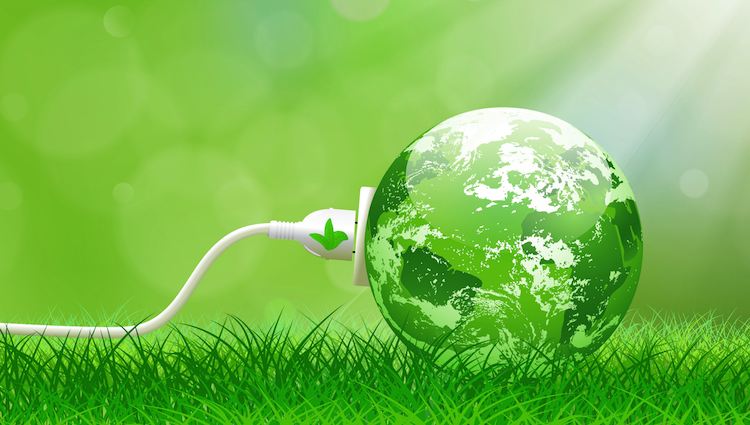In November, more than 300 LED lights were illuminated by a Dutch company that makes electricity from harnessing the power of living plants.
This was the first commercial installation for Plant-e, a company that also sells mobile chargers, and rooftop electricity modules fueled by the byproduct of photosynthesis in plants.
Plant-e’s co-founder and CEO, Marjolein Helder, believes that this technology could be revolutionary, especially if implemented on a larger scale. Capturing the energy in wetlands and rice paddies could bring power to some of the world’s poorest places.
Here’s how Plant-e says it works:
Via photosynthesis a plant produces organic matter. Part of this organic matter is used for plant-growth, but a large part can’t be used by the plant and is excreted into the soil via the roots. Around the roots naturally occurring micro-organisms break down the organic compounds to gain energy from. In this process, electrons are released as a waste product. By providing an electrode for the micro-organisms to donate their electrons to, the electrons can be harvested as electricity. Research has shown that plant-growth isn’t compromised by harvesting electricity, so plants keep on growing while electricity is concurrently produced.
(READ more in Yes magazine)




















